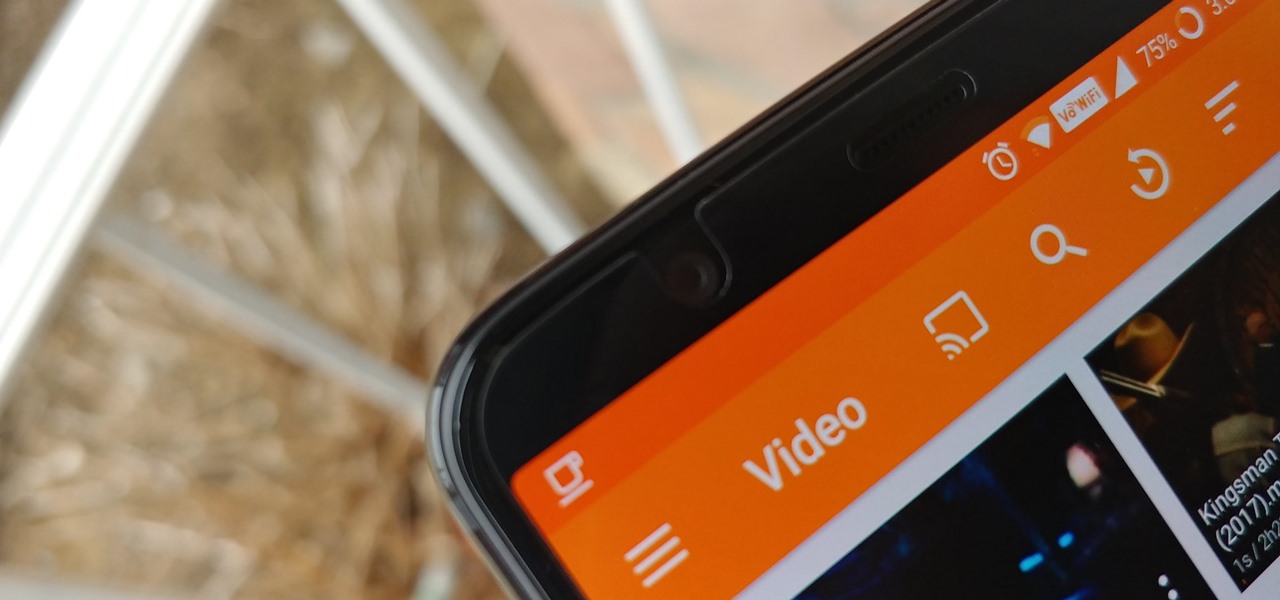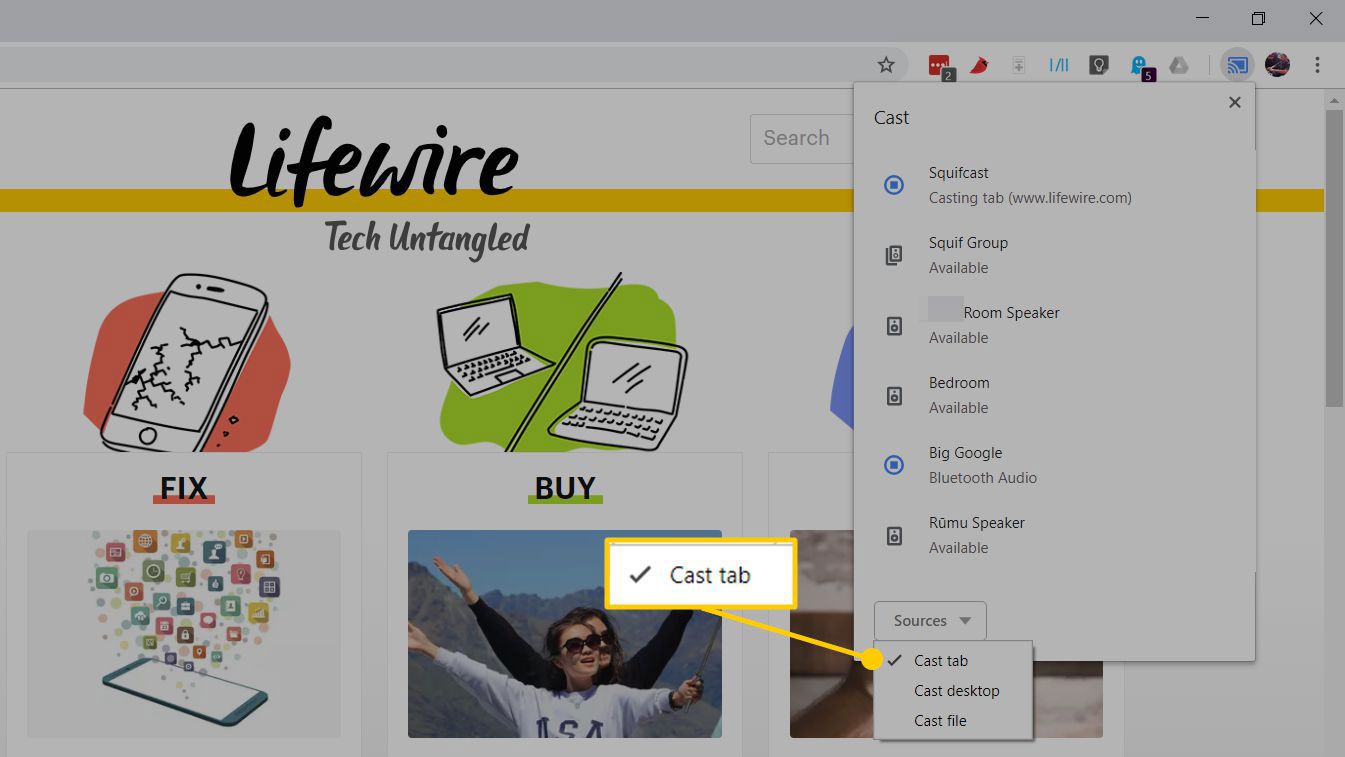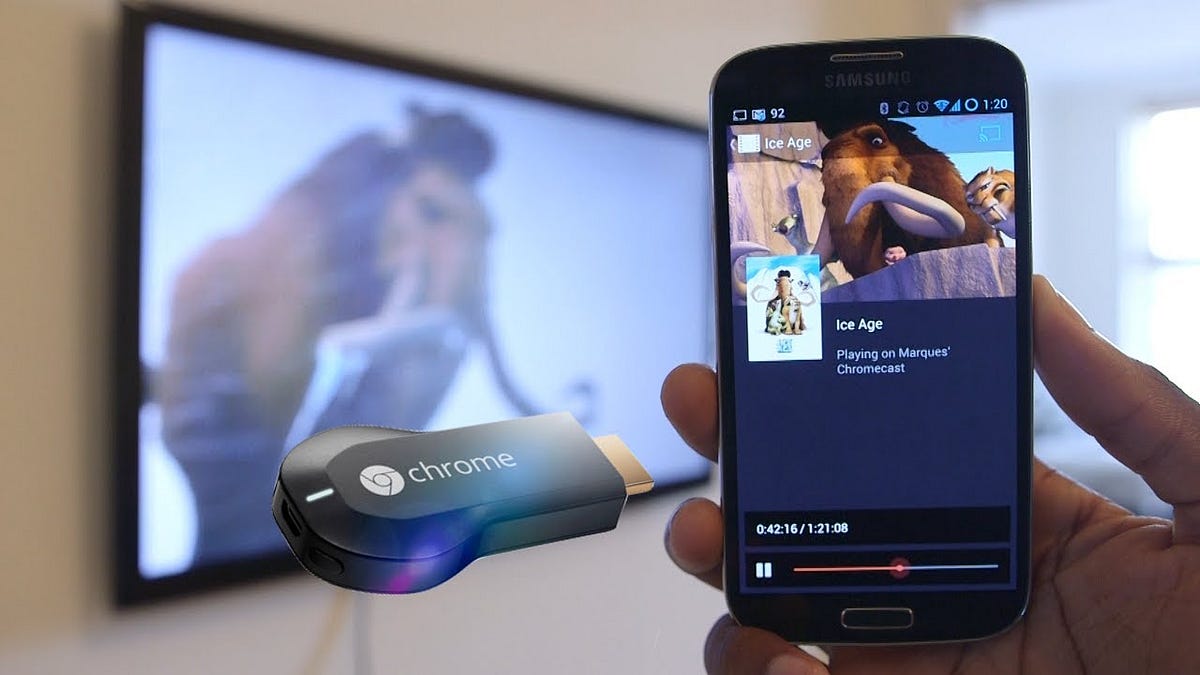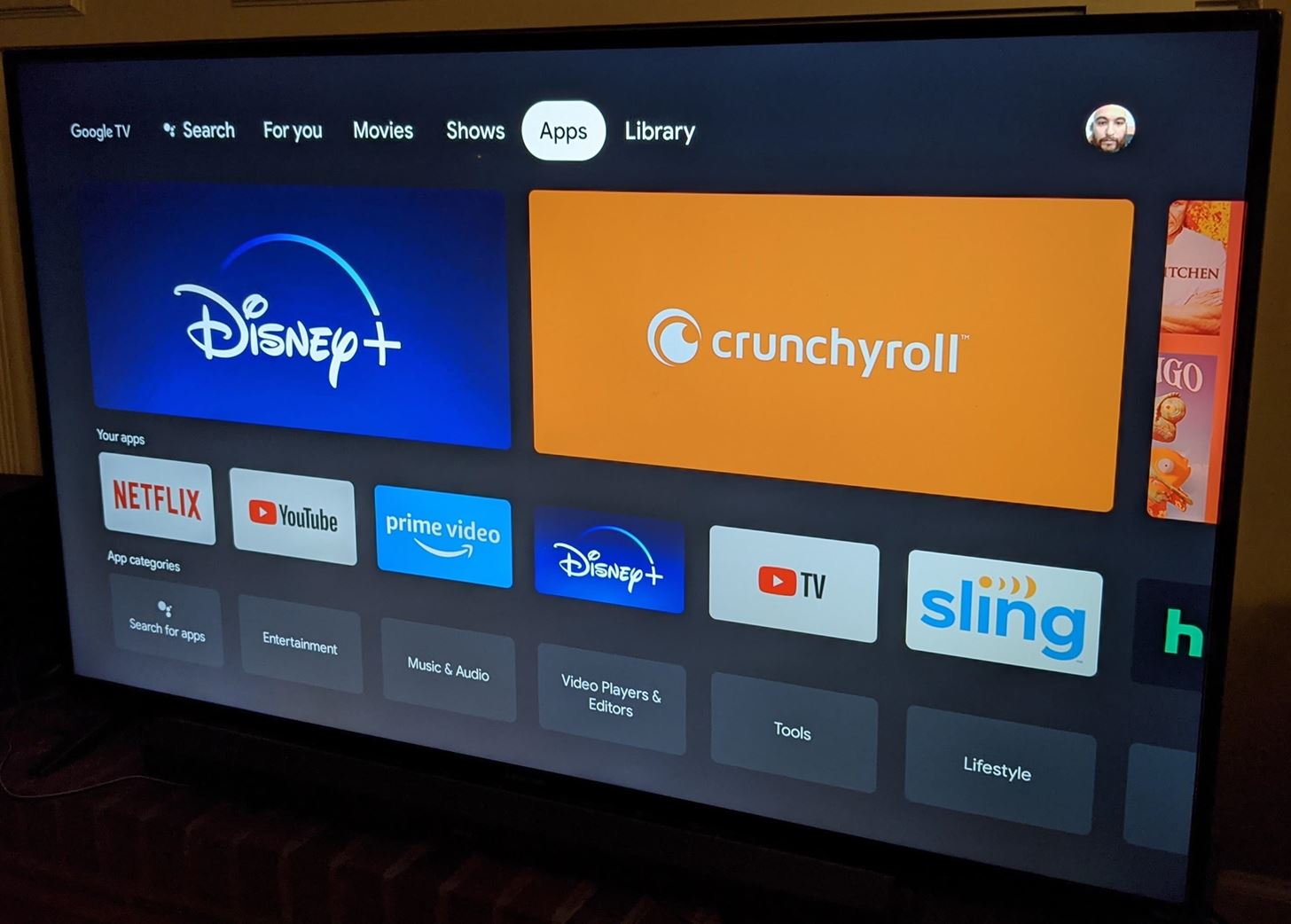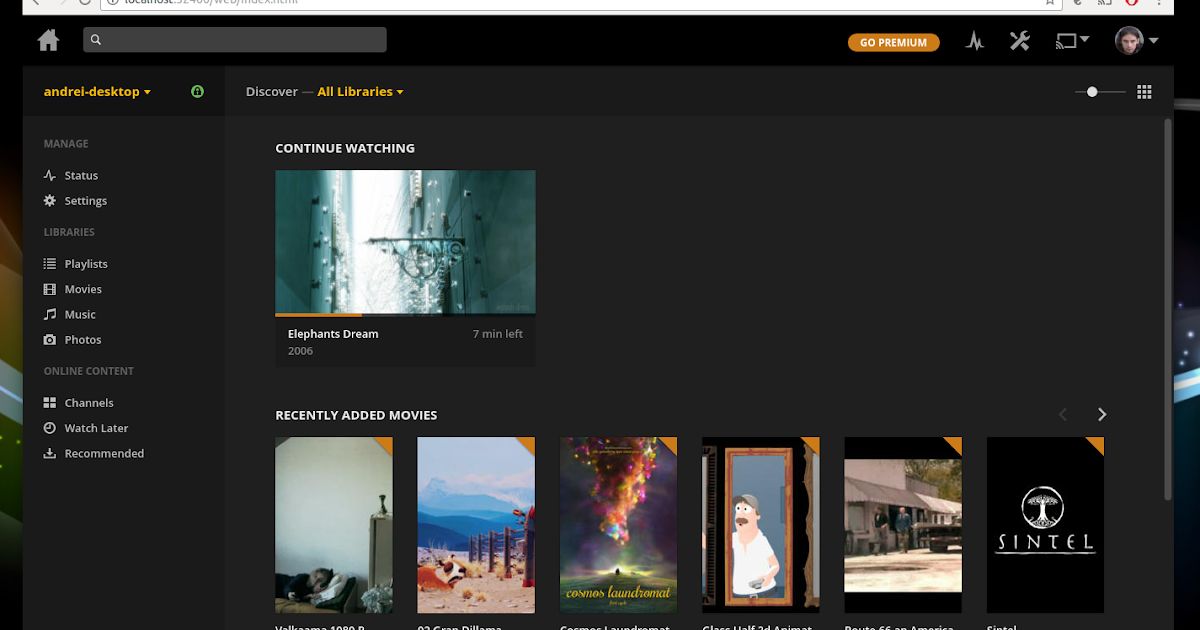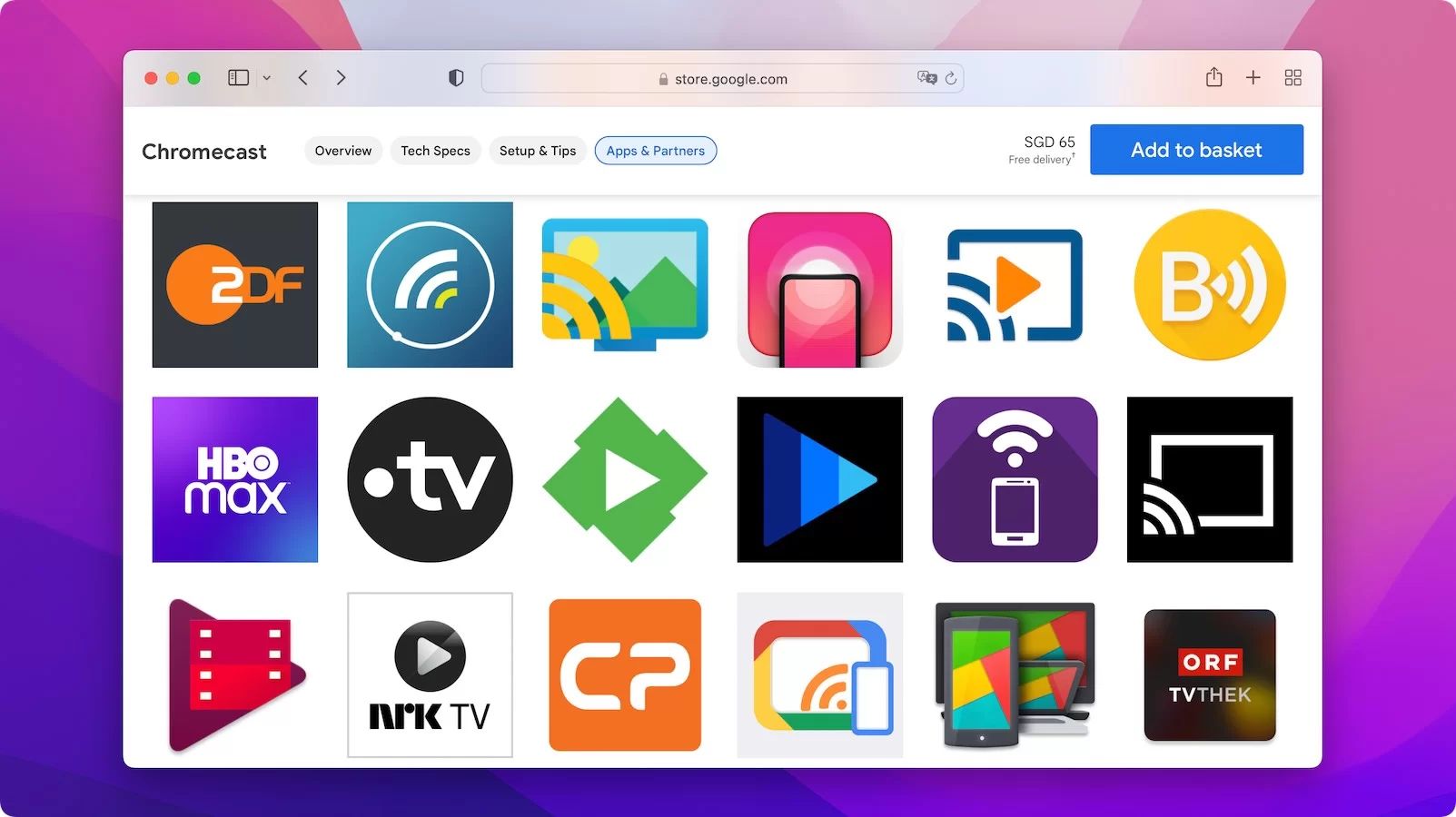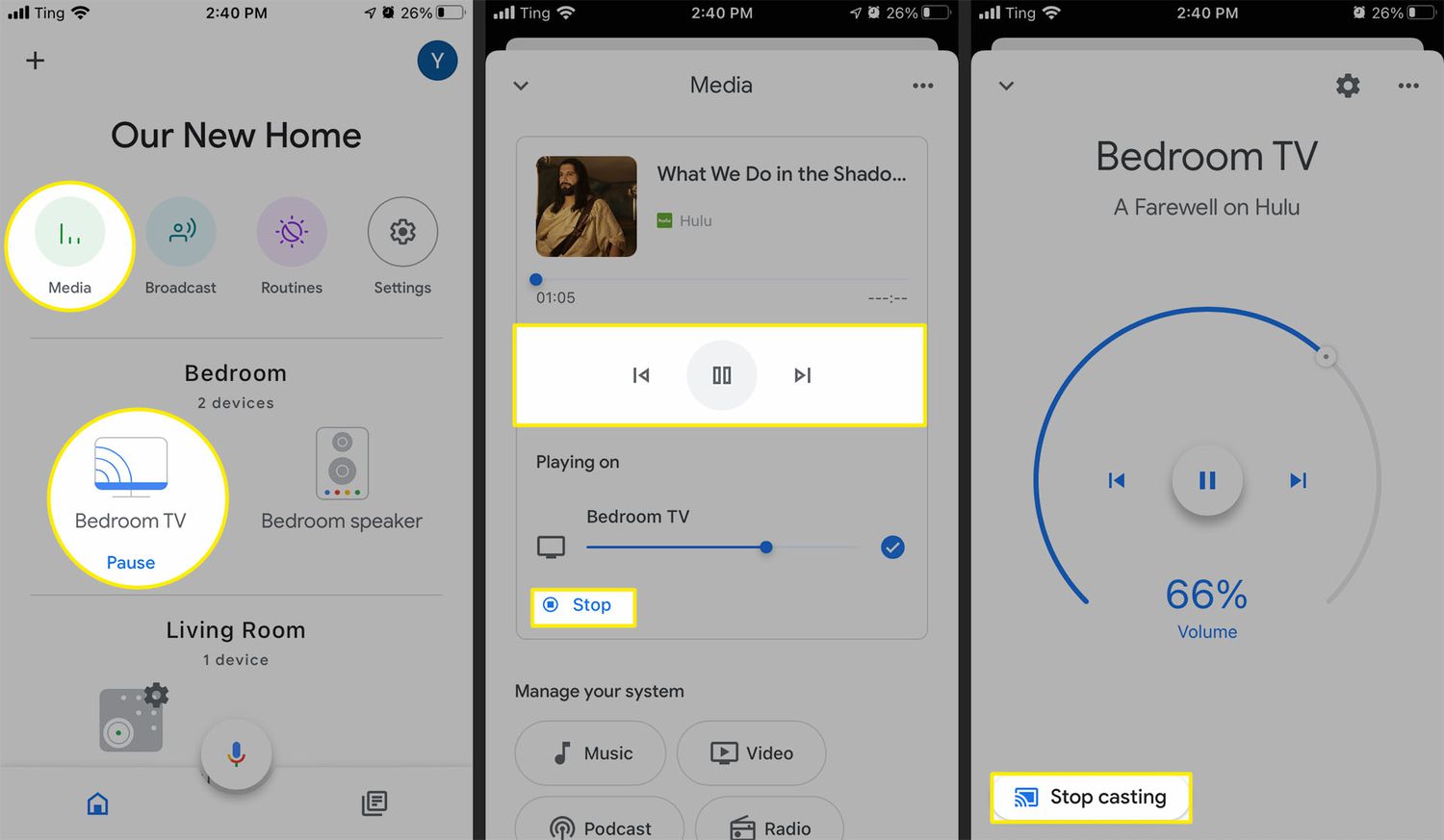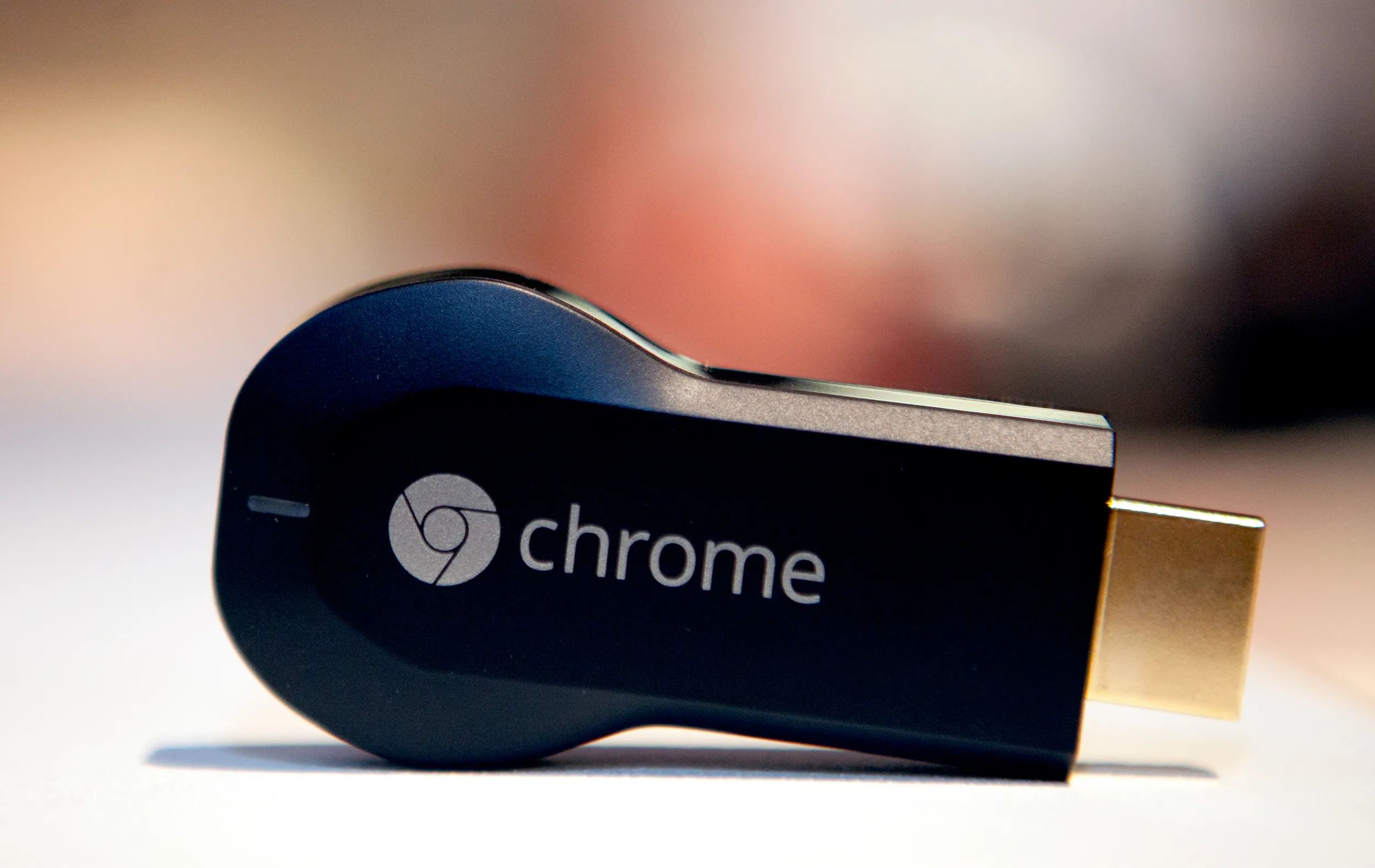Introduction
Are you tired of watching your favorite videos on a small screen? Do you wish you could enjoy them on a bigger screen with enhanced audio and picture quality? Look no further, as the VLC player has got you covered! In this article, we will guide you through the process of casting VLC player on Chromecast, allowing you to stream your multimedia content on a larger display with ease.
Chromecast is a popular streaming device that enables you to cast your favorite media from your phone, tablet, or computer to your TV screen. While it supports various streaming services, casting local media files using third-party apps can be a bit tricky. However, with VLC player’s built-in casting feature, you can effortlessly play your media files from your device to your Chromecast.
Whether you want to enjoy your collection of movies, TV shows, or home videos, casting VLC player on Chromecast provides a seamless experience. Plus, VLC player is a versatile media player that supports a wide range of file formats, making it the go-to choice for many users.
In this step-by-step guide, we will walk you through the process of setting up Chromecast, installing VLC player, and connecting them to stream your media files. So grab your popcorn, sit back, and let’s get started on this exciting journey to cast VLC player on Chromecast!
Requirements
Casting VLC player on Chromecast requires a few essential components. Ensure that you have the following items before proceeding with the setup:
- A Chromecast device: This can be a Chromecast dongle or a TV with built-in Chromecast functionality. Make sure it is connected to your Wi-Fi network.
- A television with an HDMI port: This is where you will cast your VLC player streams.
- A computer, smartphone, or tablet: You will need a device to control the casting process and stream media files.
- The latest version of VLC player: Make sure you have VLC player installed on your device. You can download it for free from the official website.
- A stable Wi-Fi network: Since casting relies on a wireless connection, ensure that you have a strong and stable Wi-Fi network throughout the process.
Note: Some older versions of Chromecast may not support casting from VLC player. If you encounter any issues, check if your Chromecast device is compatible with the required minimum firmware version listed on the official VLC website.
Once you have gathered all the necessary components and verified compatibility, you are ready to dive into the setup process. In the next section, we will guide you through the step-by-step process of setting up Chromecast and installing VLC player.
Step 1: Set Up Chromecast
The first step towards casting VLC player on Chromecast is setting up your Chromecast device. Follow these instructions to get started:
- Connect your Chromecast to your television: Plug the Chromecast device into an available HDMI port on your TV. Ensure that it is securely connected.
- Power up your Chromecast: Connect the USB power cable to your Chromecast device and plug it into a power source. You can use the USB port on your TV or a power outlet adapter.
- Switch to the correct HDMI input: Use your TV remote to switch to the HDMI input that matches the port to which the Chromecast is connected.
- Download the Google Home app: On your smartphone or tablet, download and install the Google Home app from the App Store or Google Play Store. This app will assist you in setting up and managing your Chromecast device.
- Open the Google Home app: Launch the Google Home app and sign in with your Google account credentials.
- Add your Chromecast device: Tap on the “Add” button in the app to start the setup process. Follow the on-screen instructions to connect your Chromecast to your Wi-Fi network.
- Confirm the setup: Once your Chromecast is connected to the Wi-Fi network, the app will display a confirmation screen. Ensure that the code displayed on your TV matches the code shown in the app.
- Customize your Chromecast settings (optional): You have the option to personalize the device name and adjust other settings in the Google Home app.
By following these steps, you have successfully set up your Chromecast device. Now, we can move on to the next step of installing VLC player, which will allow us to cast media to your Chromecast device.
Step 2: Install VLC Player
To cast VLC player on Chromecast, you need to have VLC player installed on your device. Follow these steps to install VLC player:
- Open your device’s app store: Depending on the operating system of your device, open the respective app store (such as the App Store for iOS or Google Play Store for Android).
- Search for VLC player: In the app store’s search bar, type “VLC player” and search for the app.
- Select VLC player: From the search results, locate the official VLC player app and select it.
- Install VLC player: Tap on the “Install” or “Get” button to download and install VLC player on your device. Ensure that you grant any permissions necessary for the installation process.
- Wait for the installation to complete: The app store will display a progress bar indicating the installation progress. Wait for the installation to finish.
- Launch VLC player: Once the installation is complete, locate the VLC player app on your device’s home screen or app drawer. Tap on the app to launch it.
Now that you have successfully installed VLC player on your device, you are ready to proceed to the next step: connecting VLC player to your Chromecast device. The next section will guide you through this process smoothly.
Step 3: Connect VLC Player to Chromecast
Once you have VLC player installed on your device, you can connect it to your Chromecast device to start casting your media files. Follow these steps to connect VLC player to Chromecast:
- Ensure that your Chromecast device and your device with VLC player are connected to the same Wi-Fi network.
- Launch VLC player on your device: Locate the VLC player app on your device’s home screen or app drawer and tap on it to open it.
- Tap on the casting icon: In the VLC player app, look for the casting icon. It is usually represented by a screen with Wi-Fi waves or a cast button.
- Select your Chromecast device: Tap on the list of available devices or the “Cast” button. From the list of devices that appear, select your Chromecast device.
- Authorize the connection: In some cases, a pop-up may appear asking for confirmation to connect the VLC player to the Chromecast device. Tap “Connect” or “Authorize” to proceed.
- Wait for the connection to establish: VLC player will establish a connection with your Chromecast device. This may take a few seconds.
- Confirmation of successful connection: Once the connection is established, you will see the VLC player interface on your device and the content will start playing on your television screen through Chromecast.
With VLC player now connected to your Chromecast device, you are ready to cast your media files and enjoy them on the big screen. In the next step, we will explore how to cast media files from VLC player using Chromecast.
Step 4: Cast Media Files from VLC Player
Now that you have successfully connected VLC player to your Chromecast device, it’s time to cast your media files and enjoy them on the larger screen. Follow these steps to cast media files from VLC player:
- Open VLC player on your device: Launch the VLC player app on your device.
- Choose the media file to cast: Browse through your media library within the VLC player app and select the desired file you want to cast.
- Tap on the casting icon: Look for the casting icon in the VLC player app. It may be located in the top-right or bottom-right corner of the screen. Tap on the icon to initiate the casting process.
- Select your Chromecast device: From the list of available devices, select your Chromecast device to which you want to cast the media file.
- Confirm casting the media file: Once you select your Chromecast device, VLC player will display a confirmation message asking if you want to cast the media file. Tap on “Cast” or “Confirm” to proceed.
- Wait for the media file to start playing: VLC player will establish a connection to your Chromecast device and start playing the media file on your TV screen. The controls for playback, volume, and other options can be easily accessed within the VLC player app on your device.
- Enjoy your media on the big screen: Sit back, relax, and enjoy your media file on the larger display with enhanced audio and video quality provided by Chromecast.
You can repeat these steps for each media file you want to cast from VLC player to your Chromecast device. Feel free to explore the various features and settings within VLC player to enhance your casting experience.
Should you encounter any issues during the casting process, make sure your Wi-Fi network is stable, restart both your device and Chromecast, and ensure that you have the latest version of VLC player installed on your device.
Now that you know how to cast media files from VLC player to Chromecast, you can enjoy all your favorite videos, movies, and music on the big screen with just a few taps.
Troubleshooting Tips
While casting VLC player on Chromecast is generally a seamless process, you might encounter some common issues along the way. Here are some troubleshooting tips to help you resolve them:
- Ensure that your Chromecast device, device with VLC player, and Wi-Fi network are all connected and functioning properly.
- Make sure that both your Chromecast device and device with VLC player are on the same Wi-Fi network.
- Restart your Chromecast device and your device with VLC player to refresh the connection.
- Update VLC player to the latest version on your device to ensure compatibility with Chromecast.
- Verify that your Chromecast device firmware is up to date by visiting the official VLC website.
- Switch off any VPN or proxy settings on your device, as they may interfere with the casting process.
- Check if any firewall or security software on your device is blocking the connection to Chromecast. Temporarily disable them or allow access for VLC player.
- If your media files fail to play on Chromecast, ensure that they are in a supported format. Check the VLC player website for a list of supported file formats.
- Try using a different video or audio file to test if it is an issue with a specific media file or a general casting problem.
- Reset your Chromecast device to factory settings if all else fails. To do this, navigate to the Google Home app and select your Chromecast device, then choose the option to reset it.
If you have followed these troubleshooting tips and are still experiencing issues with casting VLC player on Chromecast, you may consider seeking further assistance from the VLC player support forums or contacting the Chromecast support team for additional guidance.
Remember, patience and perseverance can often help you overcome any technical hurdles. Don’t let any bumps in the road discourage you from enjoying the convenience and entertainment that casting VLC player on Chromecast brings.
Conclusion
Casting VLC player on Chromecast opens up a world of possibilities for enjoying your favorite media files on a larger screen with enhanced audio and video quality. By following the steps outlined in this guide, you can easily set up your Chromecast device, install VLC player, and connect them together for seamless media streaming.
We have covered the necessary requirements, step-by-step instructions for setting up Chromecast and installing VLC player, as well as connecting VLC player to Chromecast. Additionally, we have provided troubleshooting tips to help you resolve any common issues that may arise during the casting process.
With the ability to cast your media files from VLC player to Chromecast, you can now sit back, relax, and enjoy your favorite videos, movies, and music on the big screen. Whether you’re hosting a movie night with friends or simply want a better viewing experience for your personal multimedia collection, casting VLC player on Chromecast delivers seamless and immersive entertainment.
Keep in mind that VLC player is a versatile and powerful media player that supports a wide range of file formats. This allows you to effortlessly play various types of media files, making it the ideal companion for your Chromecast device.
So, grab your device, set up your Chromecast, install VLC player, and start casting your media files. Experience the joy of watching your videos with enhanced audio and video quality on the big screen with the help of VLC player on Chromecast.
Happy streaming!







